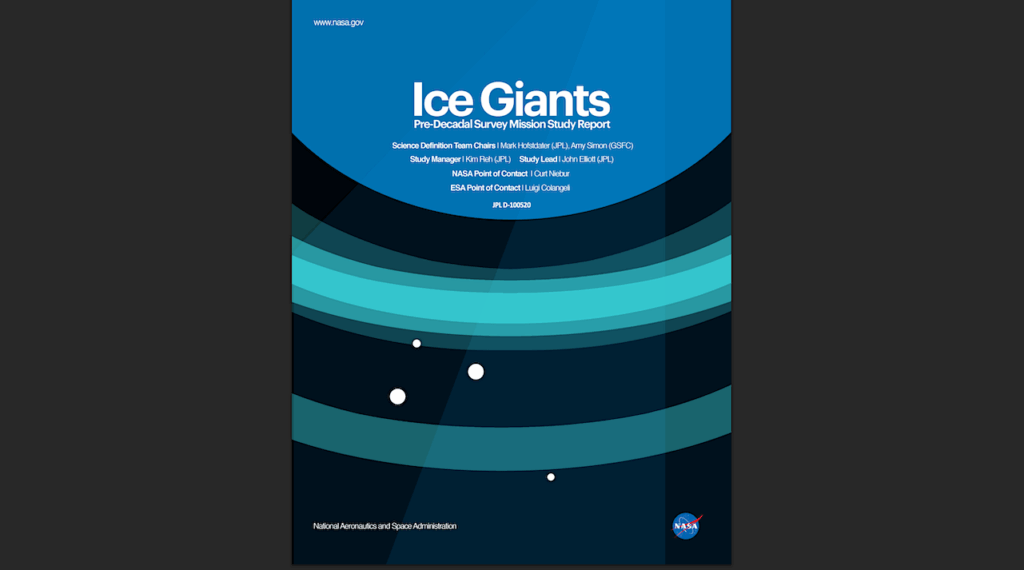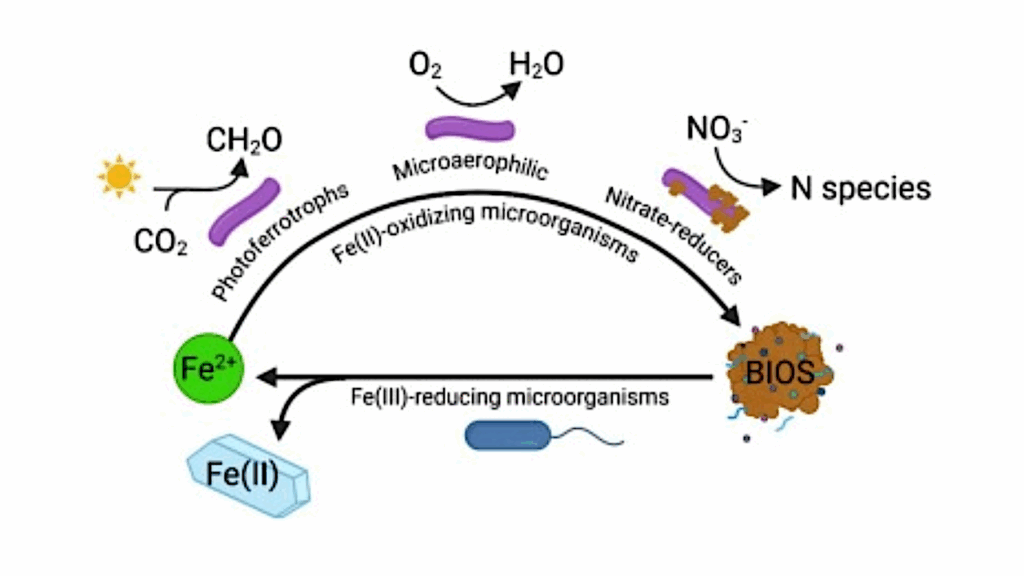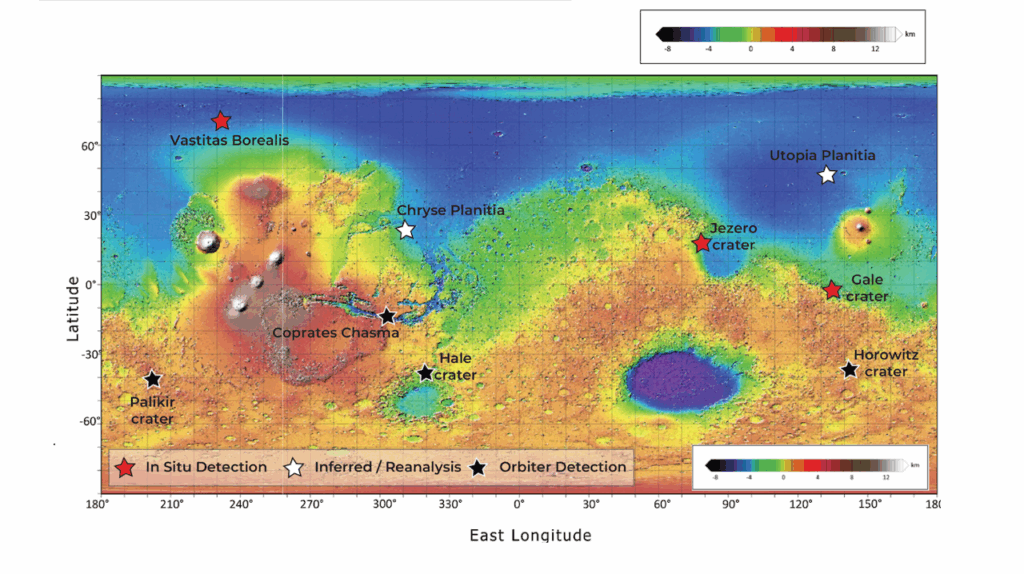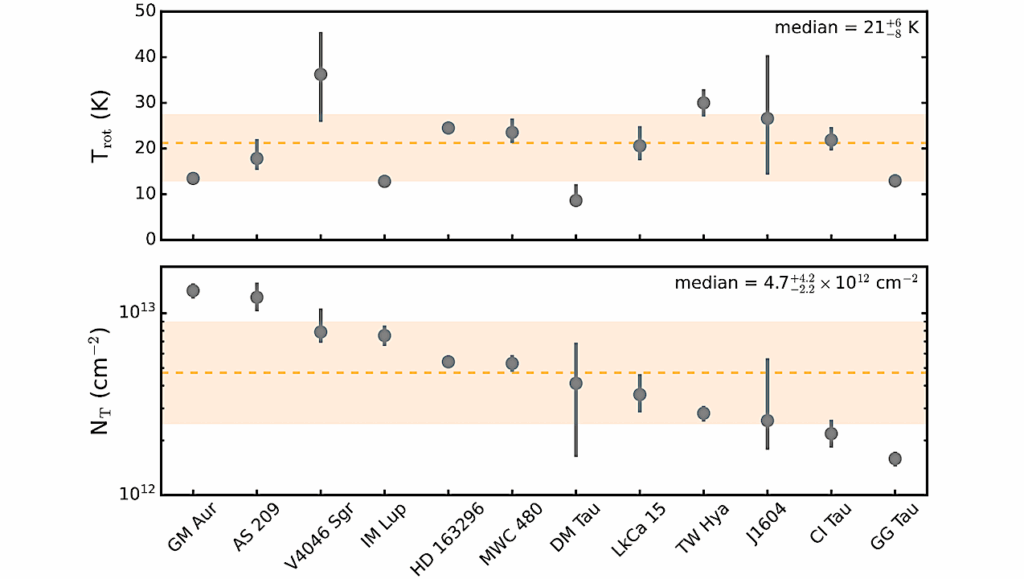Electron-Induced Radiolysis of Water Ice and the Buildup of Oxygen On Icy Worlds

Irradiation by energetic ions, electrons, and UV photons induces sputtering and chemical processes (radiolysis) in the surfaces of icy moons, comets, and icy grains.
Laboratory experiments, both of ideal surfaces and of more complex and realistic analog samples, are crucial to understand the interaction of surfaces of icy moons and comets with their space environment.
This study shows the first results of mass spectrometry measurements from porous water ice regolith samples irradiated with electrons as a representative analogy to water-ice rich surfaces in the solar system.
Previous studies have shown that most electron-induced H2O radiolysis products leave the ice as H2 and O2 and that O2 can be trapped under certain conditions in the irradiated ice. Our new laboratory experiments confirm these findings. Moreover, they quantify residence times and saturation levels of O2 in originally pure water ice.
H2O may also be released from the water ice by irradiation, but the quantification of the released H2O is more difficult and the total amount is sensitive to the electron flux and energy.
Chantal Tinner, André Galli, Fiona Bär, Antoine Pommerol, Martin Rubin, Audrey Vorburger, Peter Wurz
Subjects: Earth and Planetary Astrophysics (astro-ph.EP)
Cite as: arXiv:2412.04079 [astro-ph.EP] (or arXiv:2412.04079v1 [astro-ph.EP] for this version)
https://doi.org/10.48550/arXiv.2412.04079
Focus to learn more
Journal reference: Journal of Geophysical Research: Planets, 129
Related DOI:
https://doi.org/10.1029/2024JE008393
Focus to learn more
Submission history
From: André Galli
[v1] Thu, 5 Dec 2024 11:26:41 UTC (1,357 KB)
https://arxiv.org/abs/2412.04079
Astrobiology, Astrochemistry, Astrogeology,








